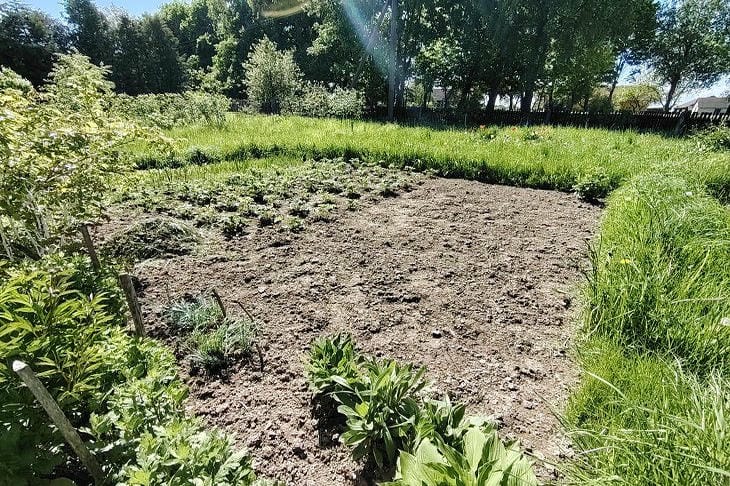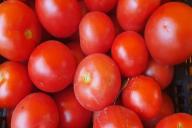Autumn soil cultivation is one of the most discussed topics among summer residents and gardeners.
Every year, gardeners ask themselves whether it is advisable to dig up the soil before the onset of cold weather.
Traditional approach to autumn digging
Traditional agricultural technology recommends mandatory autumn digging of the plot. Many years of experience show that dug soil freezes better, is saturated with moisture and oxygen.

Digging destroys weeds, pests and pathogens that overwinter in the upper layers of the soil.
A modern view of soil cultivation
The latest research by agronomists allows us to look at digging from a different angle.
Natural farming suggests minimizing interference with natural processes. The loose structure of the soil is formed due to the work of earthworms and other soil organisms.
Factors Affecting the Need for Digging
Soil type
Clay soils require mandatory digging to improve air and moisture permeability. Sandy and sandy loam soils can be left without deep cultivation, limited to surface loosening.
Climate conditions
In regions with severe winters, digging helps the soil accumulate moisture and freeze evenly. In southern regions, there is no need for deep autumn cultivation.
Site condition
Neglected areas with a lot of weeds need to be dug over. Well-kept gardens can be treated superficially.
Benefits of autumn digging
Improving soil structure
The dug soil freezes better, which contributes to the formation of a lumpy structure. In spring, such soil warms up faster and is saturated with oxygen.
Pest control
Digging allows you to destroy the larvae of insect pests that overwinter in the upper layers of the soil. Freezing of the treated soil has a detrimental effect on the causative agents of fungal diseases.
Convenience of spring work Autumn digging significantly facilitates spring preparation of the site. It is enough to carry out surface loosening for sowing crops.
Alternative processing methods
Surface loosening
Loosening to a depth of 5-10 centimeters allows you to preserve the natural structure of the soil and the activity of soil organisms.
Mulching
Covering the soil surface with organic materials protects it from freezing and helps improve the structure naturally.
Green manure
Sowing green manure in the fall helps protect the soil, enrich it with organic matter and improve its structure without digging.
Features of proper digging
Optimal timing
Digging is carried out after harvesting, when the air temperature drops to 5-10 degrees. The soil should be sufficiently moist, but not wet.
Processing depth
The optimal digging depth is 20-25 centimeters. In areas with a fertile layer of lesser thickness, the depth is reduced.
Selecting a tool
Sharply sharpened shovels are used for digging. Pitchforks are used on light soils and areas with a large number of rhizome weeds.
Fertilization
During autumn digging, phosphorus and potassium fertilizers, lime, and ash are added. Organic fertilizers are incorporated into the soil for rotting during the winter period.








